For six decades, the Chinese Academy of Forestry (CAF) has successively studied on the genetic improvement of Populus, Cunninghamia lanceolata, Larix dahurica, Pinus massoniania, paulownia, eucalyptus, acacia, Hippophae rhamnoides, Juglans, Camelia oleifera and etc., and successfully provided/cultivated many new advanced varieties (clones/ families), which have been applied extensively in forestry construction. In particular, our research on Populus genetics has generated comprehensive products both theoretically and practically and shifted from pure traditional methods to the combination of molecular biology.
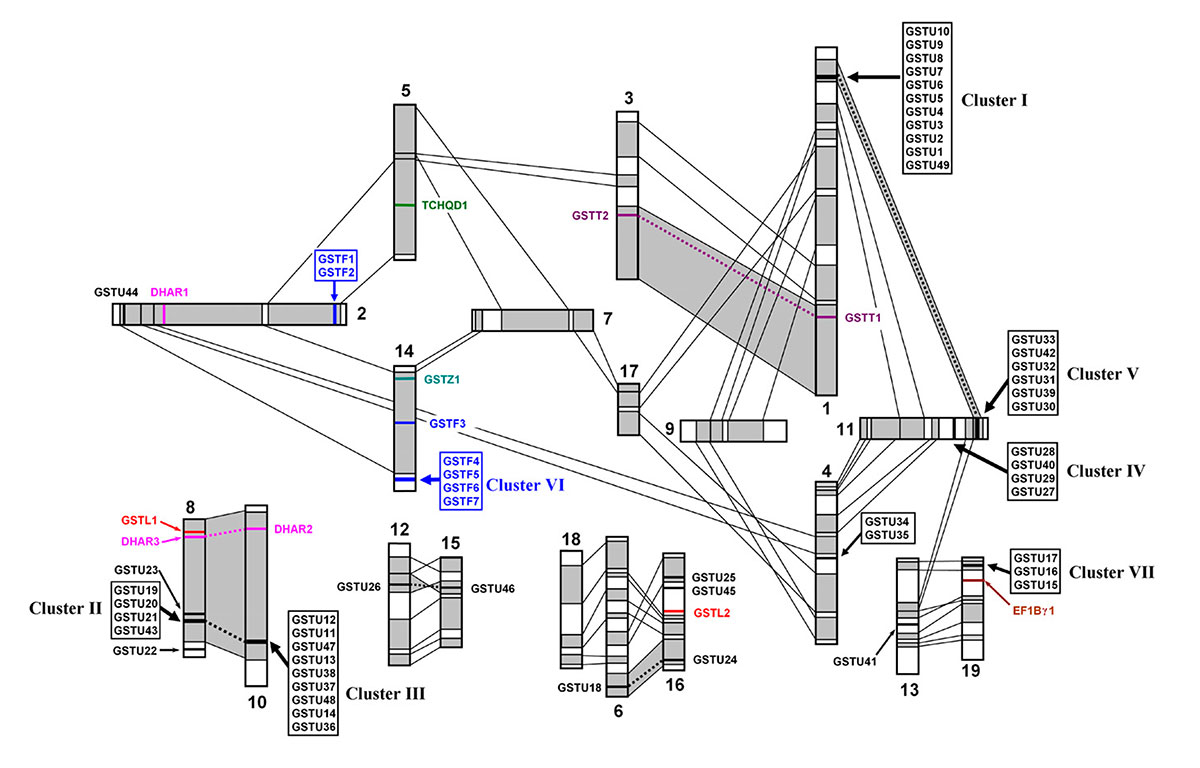
Genome structure of GST gene family of poplar

Model establishment and prediction of lignin synthesization of poplar
Improved varieties selecting and breeding
Research on the geographical variation and provenance analysis has been conducted for Cunninghamia lanceolata, Larix dahurica, Pinus massoniania, Pinus tabuliformis, Ulmus pumila , Platycladus orientalis, Pinus armandii and other species. The mountainous area in Nanling has been identified as the ideal provenance zone of Cunninghamia lanceolate and many locally-sourced provenances have been selected, which prove to obtain an increase more than 20% in their timber yield. Roughly 20 species of Ulmus pumila, which can grow in different regions and increase timber yield by 10-20%, were selected. Such findings provided scientific evidence for the reallocation of seeds. Techniques have been set forth for establishing seed orchard of advanced lines of Cunninghamia lanceolate, where 143 superior families and over 400 fine clones have been selected, increasing the timber production by 15-217.2%, and they have been extensively used in Hunan, Jiangxi, Guizhou, Guangdong, etc. The difficulties in producing new hybrids and cutting propagation of coniferous trees like Larix dahurica and Pinus massoniania have been overcome, and 38 fine clones and 30 new hybrids of larix were invented and more than 70 families and hybrids of Pinus were created.
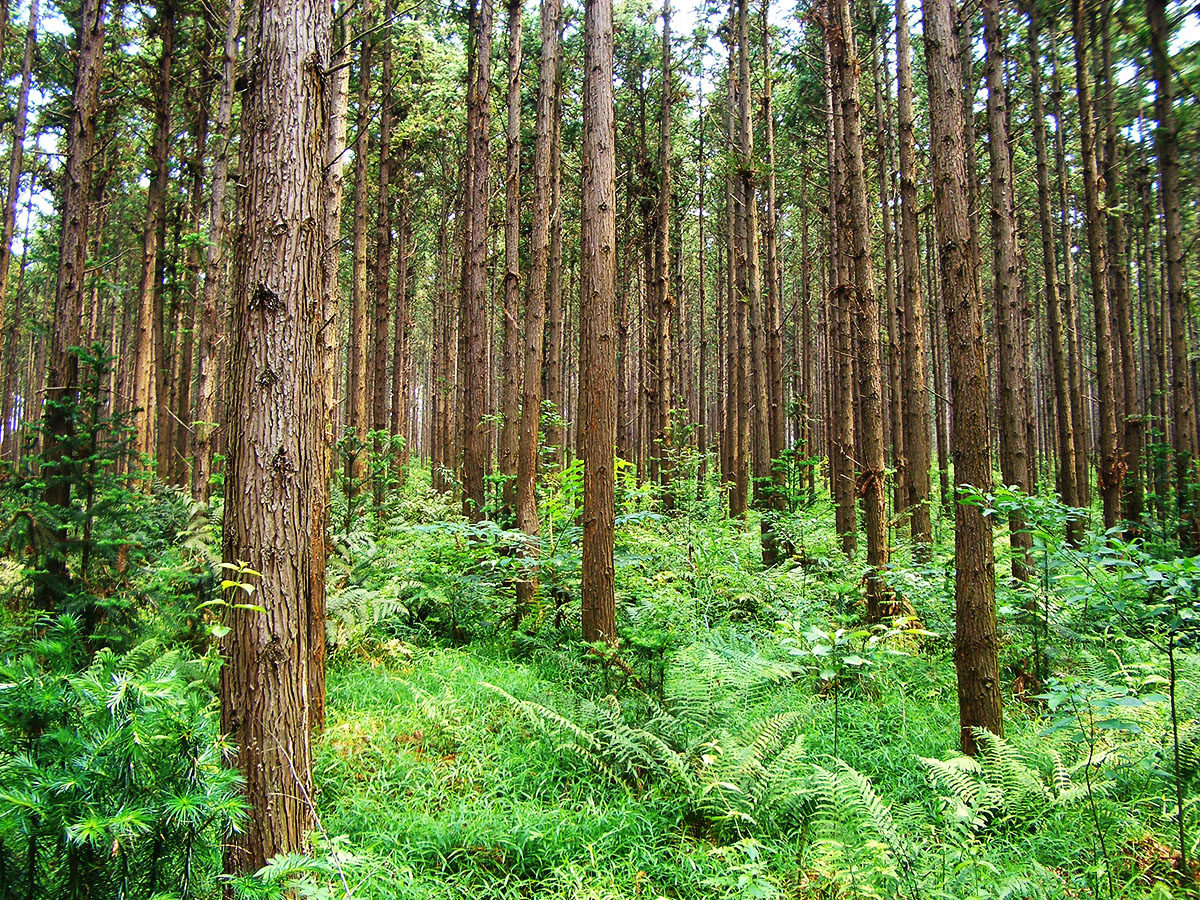
Cunninghamia lanceolata clones test plantation
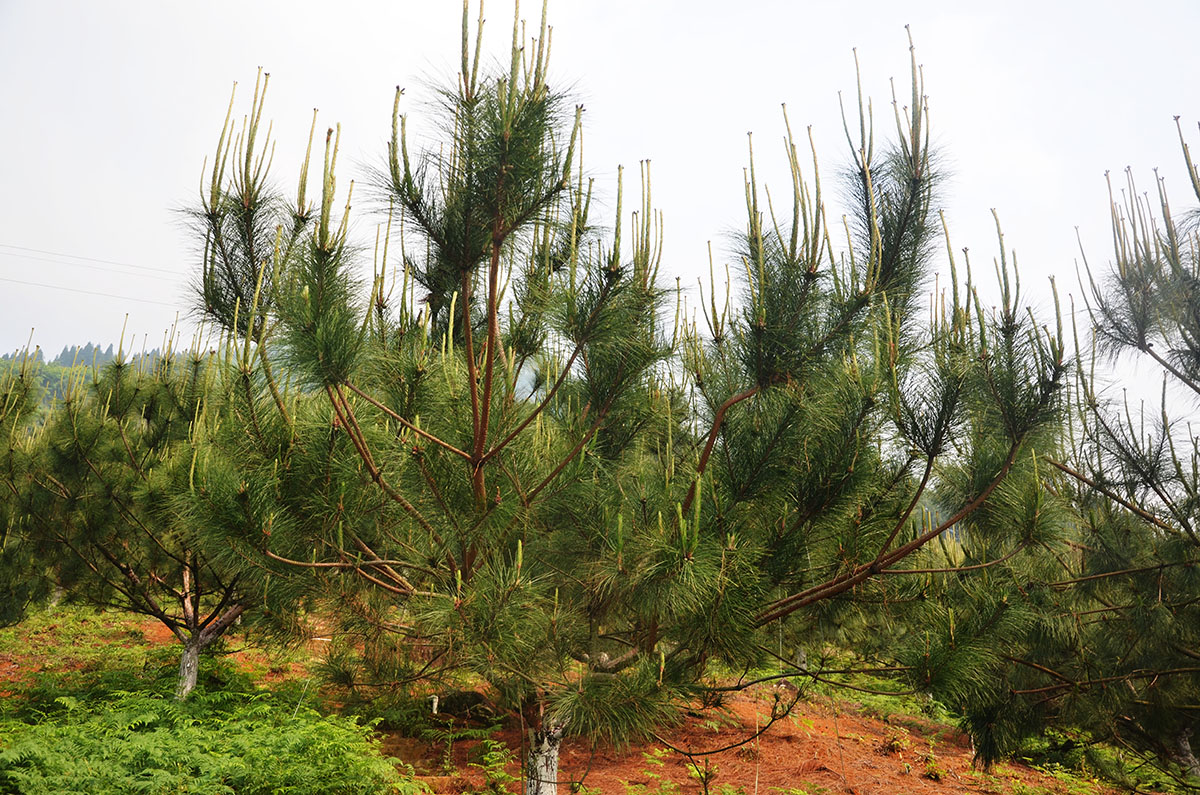
Seed orchard of second generation clones of Pinus massoniania
35 fast-growing and high-resistant clones of broadleaf species like populus and paulownia were cultivated through artificial hybridization and selection. Various superior poplar varieties with high resilience, fast growth and good timber were selected in 1950s’-1960s’ and they have been planted in northern, northeastern and northwestern China. 12 new poplar varieties were selected, for instance, Zhonglin 46 can have an increase of 30-50% in timber yield and it has been used in 634,000 ha of plantations. The selected paulownia varieties, C020, C125 and Maobai No. 33 can even have an increase of 70% in their timber yield. Populus 107 & 108, clones of Populus nigra, have been applied in plantations of more than 1.33 million ha, which are mostly in north China, and helped increase the annual timber production by nearly 30 million m3. Cold-tolerant eucalypt varieties and high-yield and pest-resistant poplar varieties were developed through genetic improvement.
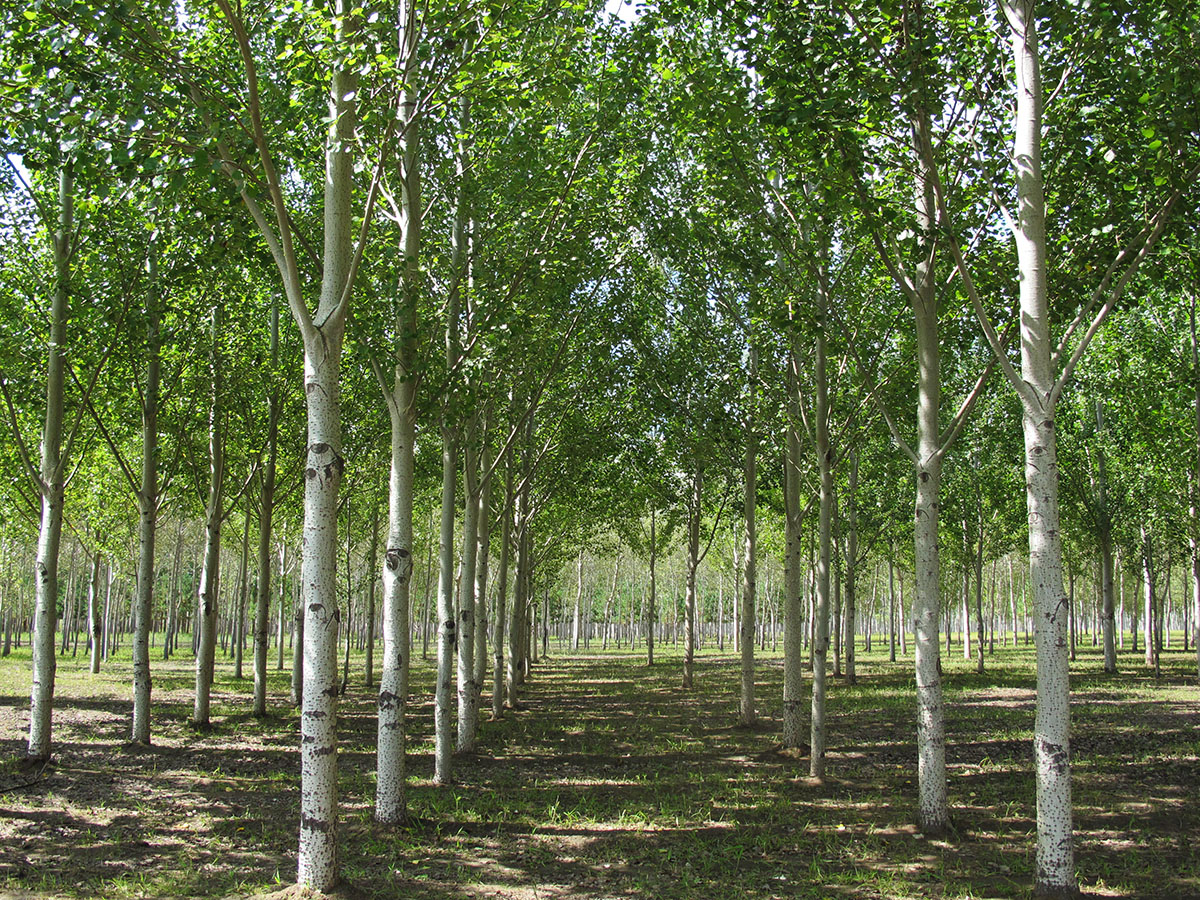
Transgenic-resistant Poplar No.1
Non-timber tree and shrub breeding and cultivation
16 early-bearing, high-yield and resilient walnut varieties were selected in 1990s and were planted in Shanxi and Henan, achieving an average yield of three tons of walnuts per hectare. Superior varieties selection studies are also conducted on Camelia oleifera, olive, Eucommia ulmoides, Hippophae rhamnoides, Xanthoceras sorbifolium, etc.

Walnut 'Jinfeng' with Fruits
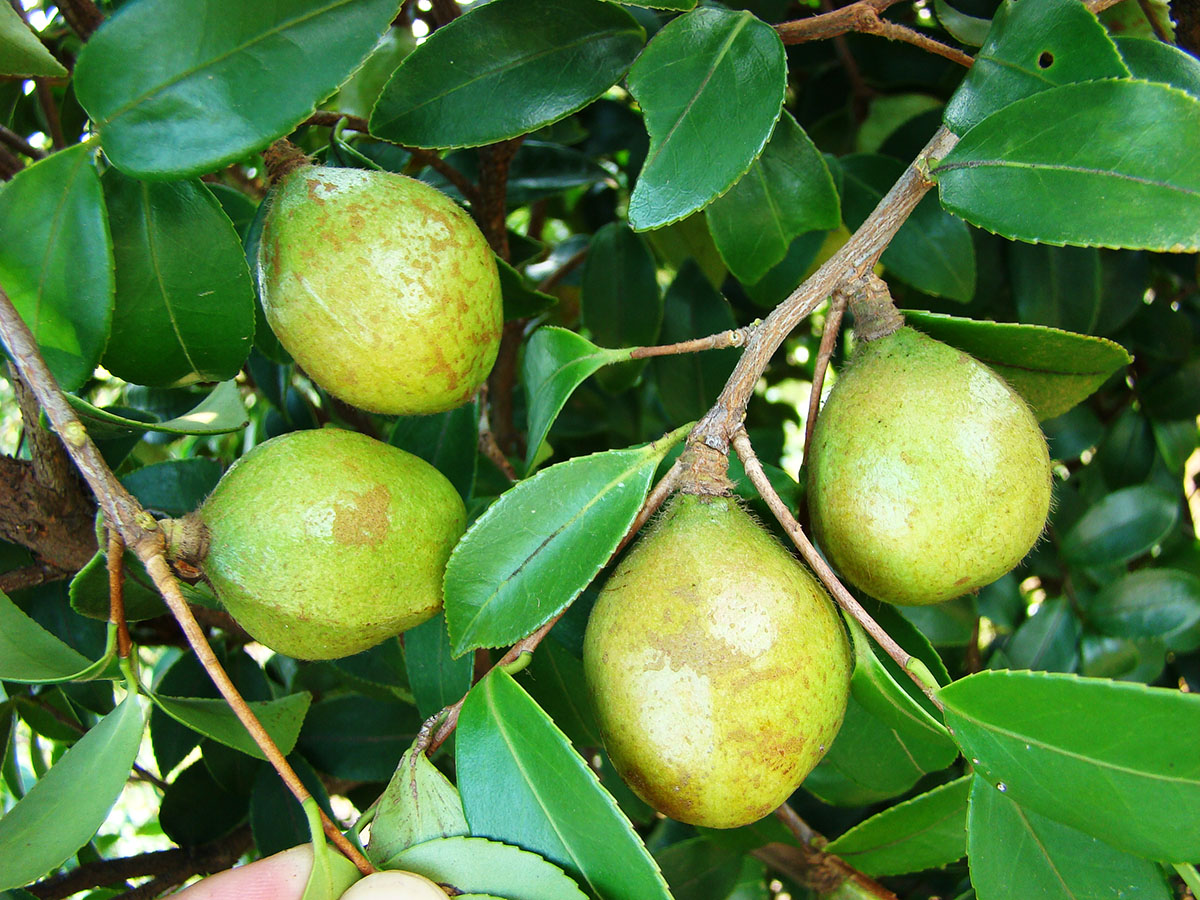
Camellia oleifera 'Changlin No.40'

Hippophae rhamnoides 'Shalin No.9' (Nonthorny big fruit seabuckthorn)
Germplasm conservation
The Chinese Academy of Forestry has established 11 germplasm conservation banks, 13 site banks, four extended banks and one low-temperature bank, and they are conserving 256 species and more than 50,000 germplasms.